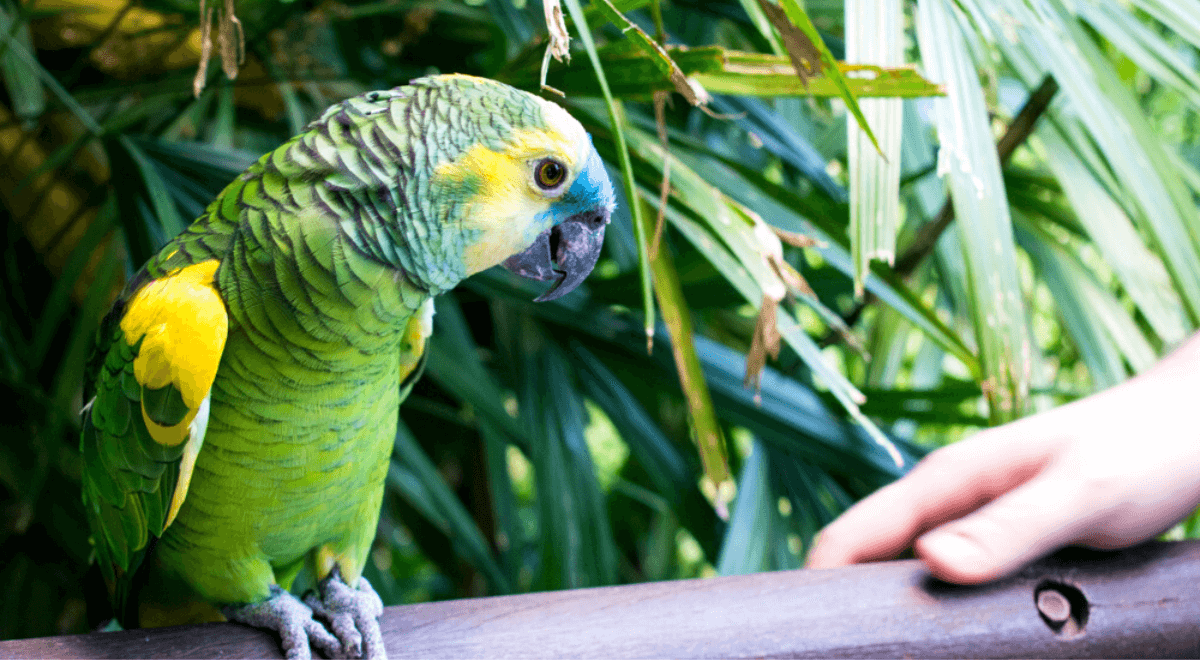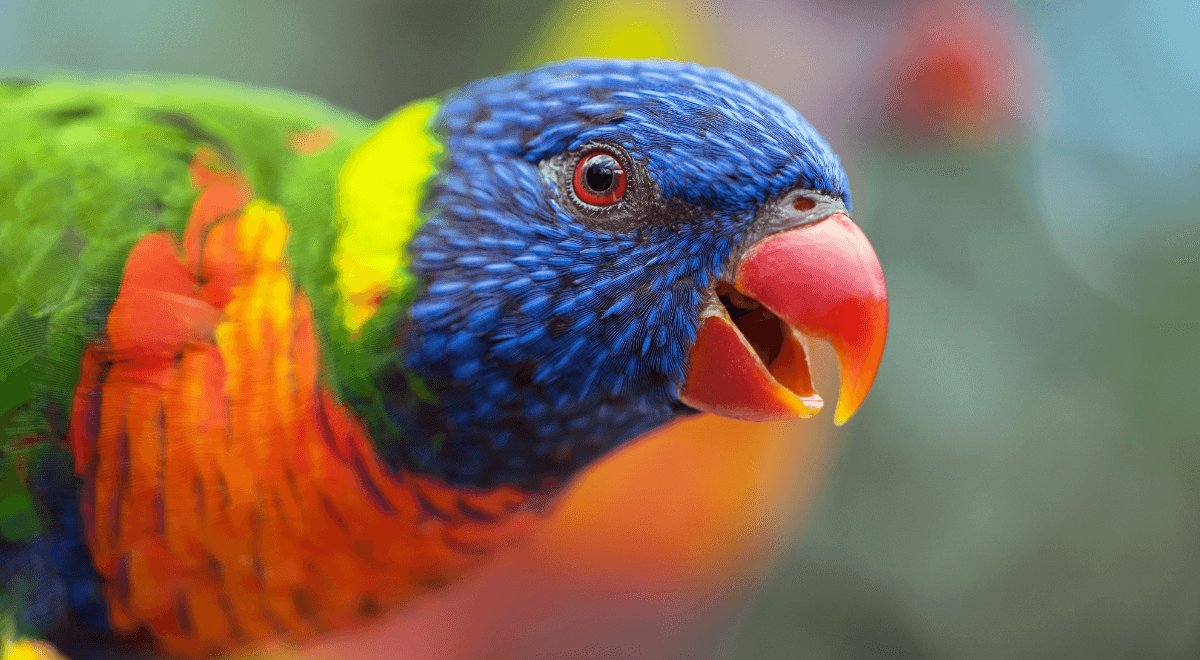Fundamentals of Training Your Parrot
Training a parrot may sound too difficult if you are not a professional, but if you know the right techniques and where to start from, you can actually teach your bird quite a lot. Birds, especially parrots, are brilliant creatures and they will quickly pick up on your lessons, as long as they are interested in what you’re showing them. Of course, as with anyone, parrots will love a small treat when they get the job done well.
Many people think that training a parrot is unnecessary unless you want it to do some cool tricks to impress your friends and family. However, not preparing your new bird from the day you get it home is a huge mistake, as there will come a time in the future, the bird will have to comply with your ways and be comfortable with being held, perhaps for medical treatment or something similar.
That is why we are going to focus on training the bird to comply with the basic commands and to become comfortable with you as it’s owner and master.
However, keep in mind that parrots will always have that wild side that’s very difficult to completely domesticate. What you teach them at the beginning is going to be crucial for the bird’s behaviour in the future. While it may not take hours of your daily routine, the training process does require a lot of patience and consistency.
In order to keep the bird’s attention, don’t bore it with extended training sessions. Make the sessions short but consistent. About 10 to 15 minutes, two or three times a day is more than enough to keep the bird occupied but not too overwhelmed. You should also keep in mind that the pet won’t respond very well every single time you try to teach it something, but it is up to you to be patient and try again every day. Without further ado, here are the four things you should train your bird to do from the moment you bring it home!
Train your parrot to become comfortable with you

The first step is always the most important one so make sure not to skip this part of the training. It is imperative for the bird to get used to you and become comfortable having you around but it also must learn that you are its master, not the other way around. To begin with, you need to teach the bird to approach you by hopping onto your finger.
To do so, place your finger in front of the bird’s lower chest, slightly above its feet. Make sure to stand above the bird confidently, as this stance will indicate that you are the one in charge. Once you’ve placed the finger in this position, use the command ‘Up’ to encourage the bird to hop onto it. The parrot will quickly pick up on your intentions and hop onto your finger. Make sure to reward the bird with kind words each time it follows your commands.
To get the parrot more comfortable with standing on your hand, use the ladder method to get them to hop onto your other hand and keep doing so until the bird gets tired. Merely place the finger of your free hand in the same position as you did before, and use the command ‘Up’. Repeat the process with the other free hand until you notice the bird getting bored of it.
Then place it slightly below the surface of the cage and use the ‘Down’ command to encourage the bird to hop onto the cage. Make sure to reward the parrot with a treat after a job well done. Speaking of treats, make sure to give the bird some food that it doesn’t usually eat so that it gets the idea that the reward is something special. Never give the parrot a treat for no reason, unless they’ve done an excellent job, as this might cause the gift to lose the meaning.
Using a towel
Now that your bird knows the basic commands of hopping on and off of your hand, you need to teach it to be comfortable in a towel. There will be many times when you’ll need to wrap the bird up in a towel, mostly for grooming purposes or medical treatments. If the bird isn’t accustomed to the use of a towel, it will certainly get scared and most likely try to escape from you.
Therefore, it is vital to teach the bird that the towel is not an enemy. To do so, use a white or light coloured towel (bright colours can upset the bird) and place a treat on it. Place the bird in front of the towel, so it sees the treat. Once the bird spots the food, it will hop onto the towel to eat it. Use this opportunity to pet the parrot and once it gets comfortable, gently wrap it into the cloth. Make sure not to press the bird’s chest while doing so, as this might restrict its airways. Repeat this practice every day until the bird gets comfortable with being wrapped in a towel.
Discourage bad behaviour
It’s natural for your bird to get nervous and start screaming or biting around. However, this isn’t something you want to see on a daily basis, so you need to discourage this behaviour right from the beginning. Being aggressive towards your bird isn’t an effective method of teaching it to behave well. In fact, your aggressive action will only encourage the bird to do the same.
Instead of screaming at the bird or trying to punish it, make a stop gesture with your hand in front of the bird and firmly say ‘No’. If the bird is still aggressive, use calm and peaceful words to quiet it down. Most importantly, never try to hold the bird while it is displaying aggressive behaviour, as you don’t want its beak close to you in these situations. Covering the cage with a blanket can often help quiet the bird down as well.
Teaching the bird to talk

Last but not the least, probably the coolest thing you can teach your parrot is to communicate. Of course, the bird’s speaking abilities go as far as repeating words and phrases, but it’s still amazing that you can teach it to say things fluently. The training process when it comes to teaching a bird to talk is all about repetition. If you want your parrot to learn a word or a phrase, just repeat them to it over and over again until they pick up and start saying it.
Overall, training a parrot is not as complicated as many would think. However, it requires time and most importantly perseverance. If you’ve just brought a new bird home, it is necessary to teach it how to behave and obey the basic commands for the sake of its future relationship with you. Make sure to start tutoring the parrot the basics as early as possible and take advantage of its curiosity




